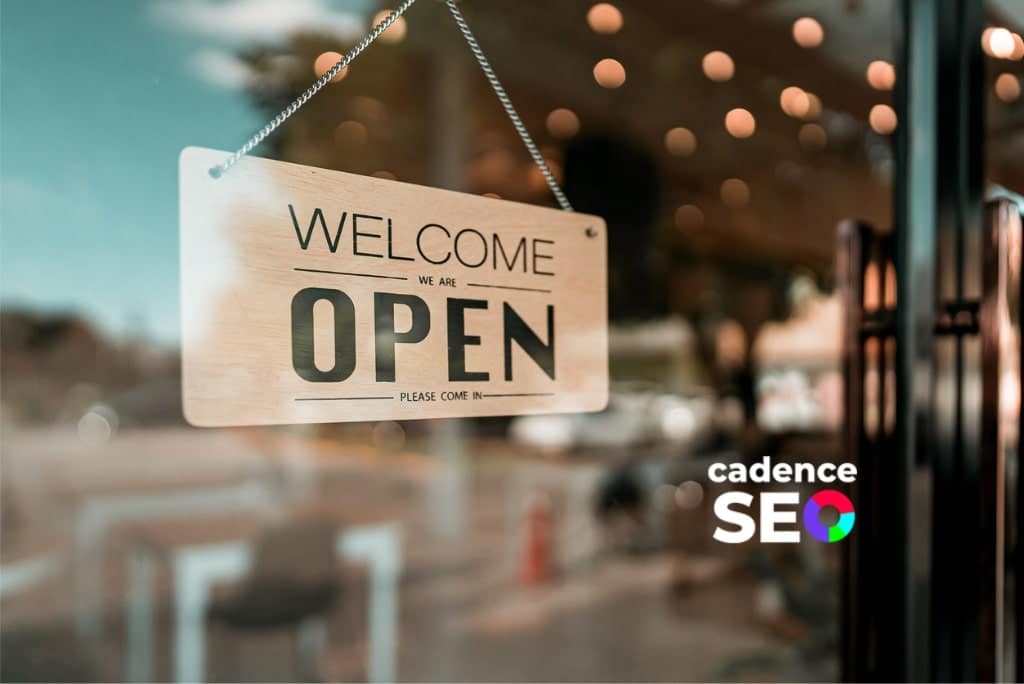Search engine optimization (SEO) is the process of increasing brand visibility and improving the volume of organic traffic to a website from search engines like Google or Bing. Most consumers are looking to solve their search query within the first page of results. Many users don’t go past the first few highest-ranked results. It’s all about immediacy for consumers. That’s why optimizing your site and ensuring it ranks high in keyword searches is important. While you may already be using SEO for your business, implementing a multilocation SEO strategy will ensure that each location receives greater visibility and achieves the highest search engine ranking possible.
What is Multiple Location SEO?
Multiple location SEO is the process of increasing your organic traffic from search results for multiple geographic locations. It might sound challenging, but it’s based on regular SEO techniques with some specific additions. For instance, multiple-location SEO can help you increase traffic by utilizing relevant keywords for your business’s local area. Multi-location SEO allows each site to establish a strong online presence, whether a retail chain, restaurant franchise, or an organization with multiple locations.
The Importance of Multi-Location SEO
The most important reason for multi-location SEO is to improve your organic search engine rankings. You increase brand visibility among consumers by boosting your rankings in search engine results pages (SERPs). With brand awareness, interested consumers can find their way to your website. Once there, you have a wonderful opportunity to convert consumers into customers!
As brand awareness increases and your business grows, you boost your brand’s credibility on search engines. You’ll also have more control over the content people see when they search for your business, which is essential for maintaining consistency in your messaging across all platforms.
Multi-location SEO also helps you rank in local search results like Google Maps and Google My Business. When you optimize your online presence for more than one address, the algorithm understands that it’s a single business with multiple locations, which helps with both local and global rankings!
10 Multilocation SEO Best Practices & Tips
Here are some best practices for optimizing your website for multiple locations:
Conduct a Competitor Analysis
For your locale to stand out, it’s important to research the market to understand your competitors’ strengths and weaknesses. What makes them successful? Where could they use improvement? How are your products or services unique? What gives you an advantage in your particular location? Performing a B2B competitor analysis will provide you with a clear picture of how to market and implement your SEO campaign for a specific locale.
Use Locale-specific Keywords
Don’t use the same keywords for each location. The algorithm will detect this and assume you’re trying to game the system. Instead, choose a handful of primary keywords and use them consistently across all locations. You can also include secondary keywords specific to each location, which are not used anywhere else on your site, such as “best vegan ice cream in Chicago.” An SEO digital marketing agency can help you conduct keyword research to help you maximize each location’s online presence.
Utilize Google My Business
Google My Business is a platform that can help you increase brand awareness and drive organic traffic to your site. However, you want to make sure there is only one Google My Business profile for your company. You can easily add multiple locations with one profile by utilizing the location group feature. If each location has its own profile, it could confuse search engines when they attempt to index and categorize your business.
Create One Web Page For Each Location
While your business only needs one Google My Business profile, creating a separate web page for each of your business locations is a good idea. By doing so, you’ll be able to highlight unique characteristics and features of each locale, like reviews and staff information. Include standard information, such as name, address, and phone number (NAP.) Adding a Google map will make your site very convenient for customers to find you.
Organize the URL Structure
Whether you have locations throughout the same city, across the nation, or globally, your one main website should have an organized URL structure for users to easily locate the exact location’s web page and know that they’ve found the right location. A clear directory structure creates a user-friendly experience.
Create a Landing Page
A landing page is a stand-alone web page that focuses on a marketing or advertising campaign, including a call to action (CTA). Create a local landing page for each location, add Google My Business listings for each location, monitor your rankings, and review activity. If you run multiple locations, they must be all represented well in search results. It will help increase your conversion rate and boost sales.
Ensure the Website is Mobile-friendly
Mobile SEO is important because Google now shows different results on mobile and desktop. Google has implemented mobile-first indexing, meaning crawlers will index mobile searches ahead of desktop searches. Having a mobile-friendly website can help you get higher rankings in Google’s search results. As of 2021, mobile devices have accounted for an estimated 63% of organic search engine visits.
Create Content for Each Locale
To boost rankings in SERPs, you’ll need to create content that’s specifically optimized for each location. The page can include testimonials from local patrons or even reviews. Posting photos can help tell the story of the location. If possible, add some exterior shots to help give potential customers an immediate impression of your business. Interior shots not only showcase the ambiance, products, and services of your business, it also gives consumers a sense of what they can expect from a visit to that locale.
An effective way to engage consumers is by creating content, such as blogs. Writing articles around relevant topics to your product, services, and location can increase traffic to your site. When consumers begin a search, they’re looking to solve a problem. You want your content to support their needs and interests; otherwise, they won’t engage with your brand. For example, a neighborhood bicycle shop can create a blog based on bike safety rules in the area, bike maintenance services relevant to the location’s climate, or an environmental impact study on how riding bikes lowers the carbon footprint in the region.
Add Links
Link building is an essential part of a multi-local SEO strategy. Links help increase brand visibility, which also boosts rankings in SERPs. Your blog posts can include links to relevant products or services your business offers. They can also link to other helpful in-house articles that may have relevance to a user’s needs or interests.
Getting other relevant websites to add backlinks to your site is also an excellent way to increase brand visibility. There are several ways to do so:
Convert Mentions to Backlinks
If other sites like your brand and mention your products or services in their content, speak to them about adding a backlink to your site! When high authority domains get behind your product and services, it increases consumer confidence and trustworthiness in your brand. Search engine crawlers will also take notice and award your site with a higher ranking in SERPs.
Write a Guest Blog
Build a relationship with high authority sites in your industry. Adding your insight or expertise to a relevant topic can benefit all parties involved. You’ll get a backlink from a highly respected source, which will build your brand’s credibility.
Replace Broken Links with Yours
Do a search of relevant websites in your market and look for broken links on those sites. Broken links display a “404 error” when users click on it. Once you find one, contact the administrator of the site and offer a link to your content in its place. Again, everyone wins. The site has relevant content, users have an engaging article to read, and you increase traffic to your site.
Implement Schema Markup
Schema markup, also known as structured data, is code used to help search engines make sense of your website elements, categorize them, and present them in SERPs properly. You can help search engines by presenting your preferred features with structured data. Otherwise, search engines may choose random elements of your site to feature. For example, location pages can structure data to prioritize contact information, reviews, and ratings. With schema markup, brands can reach a larger portion of a target audience.
Creating a Multiple Location SEO Strategy with Cadence
If you’re considering implementing a multi-location SEO strategy for your business locations, CadenceSEO can help. CacenceSEO is a full-service digital marketing agency. When it comes to SEO, we understand that no two businesses are the same. That’s why Cadence provides multiple-location SEO services for all kinds of companies. Whether small, mid-size, or large enterprises, Cadence can help you stand out by offering strategies and tactics to boost your online presence across all your locations. From keyword research to content creation to link-building and more, we can tailor a multi-location SEO strategy that works for your enterprise’s unique needs and goals. To get started, contact our team of SEO nerds for a free consultation today!






